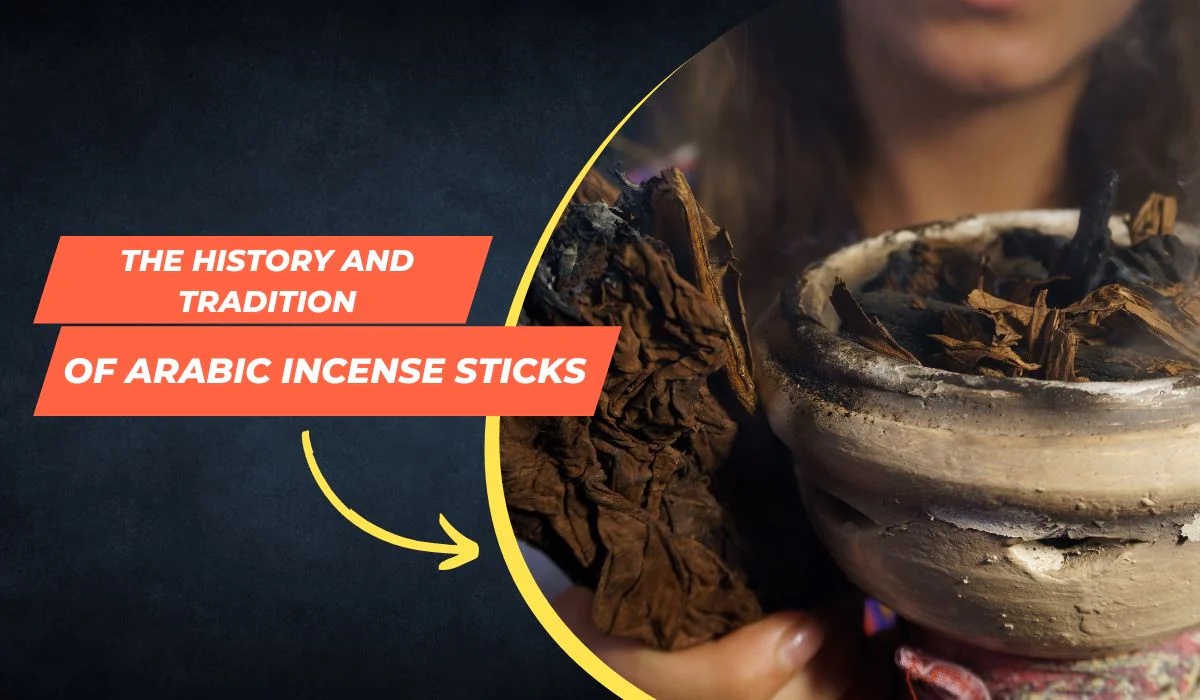The allure of Arabic incense is undeniably potent. As the fragrant smoke spirals upward, it carries with it stories from ancient civilizations, tales of sacred rituals, and memories of grand celebrations. Arabic incense sticks, with their deep-rooted history, have been an integral part of Middle Eastern culture for centuries.
Origins of Incense in Ancient Arabia
The Arabian Peninsula, with its vast desert landscapes and strategic location, has been a significant crossroads for trade for millennia. The region's earliest inhabitants quickly realized the potential of the aromatic treasures their land had to offer. Trees like the Boswellia and Commiphora produced resins that, when burned, emitted a fragrant smoke, soon to become the prized frankincense and myrrh. By 1000 BC, these resins became a valuable commodity, being traded as far away as India, China, and the Mediterranean.
Spiritual Significance
The ethereal nature of smoke made it a perfect bridge between the earthly and the divine. In ancient Arabic traditions, incense was believed to carry prayers to the heavens. As a result, it became an integral part of many religious rituals. The Quran, Islam's holy book, references the use of fragrances, and Islamic traditions often use incense, especially during the holy month of Ramadan. The Prophet Muhammad himself was known to appreciate pleasant fragrances, further embedding the significance of aromatic substances in the culture.
Social and Cultural Importance
Beyond religious settings, incense has played a pivotal role in social contexts. Traditional Arab gatherings, be it weddings, births, or other celebrations, were often scented with aromatic smoke. Guests were greeted with incense burners, as offering fragrance was seen as a gesture of respect and hospitality.
One of the most renowned types of Arabic incense is 'Bakhoor'. Made from agarwood chips soaked in fragrant oils, Bakhoor releases a dense, rich aroma when burned. These sticks have been used not just to scent homes but also to infuse clothes with a lasting fragrance. It wasn't just about the scent; it was a status symbol. The type of incense and its intensity could often speak volumes about a family's social standing.
Modern Day Relevance
The allure of Arabic incense sticks has not faded over time. Modern-day Arabia still holds incense in high regard. Walk through the bustling souks of Dubai, Muscat, or Riyadh, and you'll encounter the familiar aromatic embrace of burning incense. Its ubiquity in modern Arab homes is a testament to its lasting legacy.
Furthermore, the Western world has begun to recognize and appreciate the depth and richness of Arabic fragrances. From niche perfumers trying to replicate the scent of Oud, a resin from the agarwood tree, to luxury brands incorporating Arabic incense notes into their fragrances, the global impact is evident.
Conclusion
Arabic incense sticks are much more than a source of pleasant aroma. They are time capsules, capturing the essence of an ancient civilization and its rich tapestry of traditions. They are symbols of hospitality, markers of social standing, and bridges to the divine. As they continue to burn, they not only fill our spaces with fragrance but also with tales of a history that has shaped and enriched the world in countless ways.
The History and Tradition of Arabic Incense Sticks

3 min read
18 March
In case you have found a mistake in the text, please send a message to the author by selecting the mistake and pressing Ctrl-Enter.

No comments yet